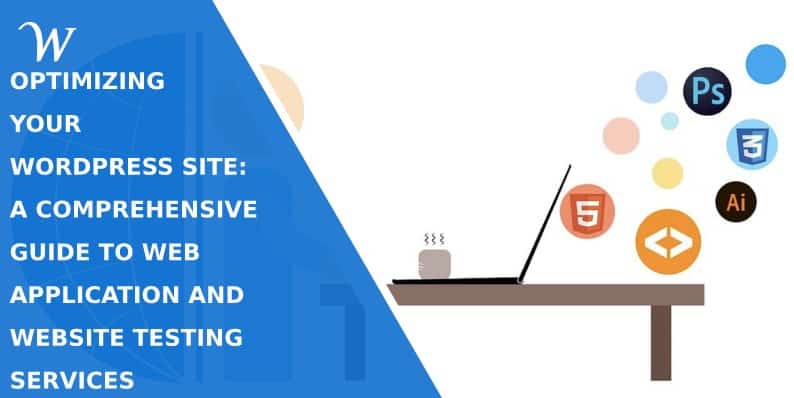In this modern and digitally advanced era, it is imperative to have a sophisticated and informative website that is free from bugs and faults. A brand and company rely heavily on their website and web application. Even software and mobile applications play a pivotal role in building a brand image or online presence. The first thing that the consumer or customer will notice is your digital image and awareness. As most brands and companies have taken over social media platforms to advertise, market, and connect with users, it is hugely represented as their lead conversion phase.
A user is highly likely to visit a website again or use an app again if the graphics, information, and user-friendly options are in place to make it easier for them. Ease of access is the key ingredient in a famous brand that resonates with public choice and trends and can maintain a high-end background.
Companies need to make sure that their websites are smoothly running and are responsive at all times, without any unnecessary bugs or crashes. For this, they go through a process called web application testing or website testing, which is a crucial part of running a company. Recognizing and fixing errors beforehand is much safer and less costly than noticing or finding them later and spending triple the amount to get the bug fixed on a running website or application. As per reports, around $300 billion per year has been spent worldwide to handle software or application bugs, which means that fixing bugs later can be very expensive.
What is meant by web application testing?
The evaluation and analysis of a website or web application to find any bugs, issues, defective codes, etc., is called application testing. This is done before the app or website is made available to the public.
A website can be tested for various purposes and uses along with a web application, such as its function, use, performance, and accessibility. The use case for all this differs, and so does the testing.
- The process of web app testing is highly organized and requires a thorough investigation of every part of the software or application.
- It can be automated in some cases to reduce manual labor and costs.
- There is a comparison with fresh results from new data on the web to ensure that there is proper analysis without any further discrepancy.
How is it done?
There are various techniques and types used for testing a website or web application, and they can be tweaked to suit specific demands.
The team or professional can use a diverse approach to conduct a comprehensive analysis and evaluation, which will ensure quality and reliability.
- The first step is functionality testing, which means that the application will go through stress and is performed to ensure that each system function is working accurately. It assures quality and execution.
- The second is usability testing, which derives the main goal and focus of the web app to assess its user-friendly base.
- The third is interface testing, which is performed to check that displayed messages and connectivity is working fine for the web server and web application. The server might be disrupted, incorrect, or stuck with a bug or error that would need replacement if found.
- The fourth test is done to check the compatibility of the web app and website across all devices. This is a necessary step for any OS and cannot be avoided.
- The fifth and sixth are performance and security, which are crucial parts of any web app. It is done to ensure that the website is safe from all kinds of malware, data leaks, cyberattacks, and third-party apps. The performance is tested to ensure it can handle high traffic and load during busy hours and still maintain its speed.
Conclusion
These are different phases of testing, which is important for a healthy and attractive website that gives top-quality customer service and satisfaction. Professionals and experts can thoroughly go through each phase to find bugs and safeguard the entire dataset.
- The Corporate Contract Winner: Landing High-Volume B2B Orders with WP Gift Wrap - December 12, 2025
- The Missing Link in WordPress Reliability: A Deep Dive into WP Email Log - November 28, 2025
- Video Trimmer That Lets You Rearrange Scenes Instantly - November 11, 2025
